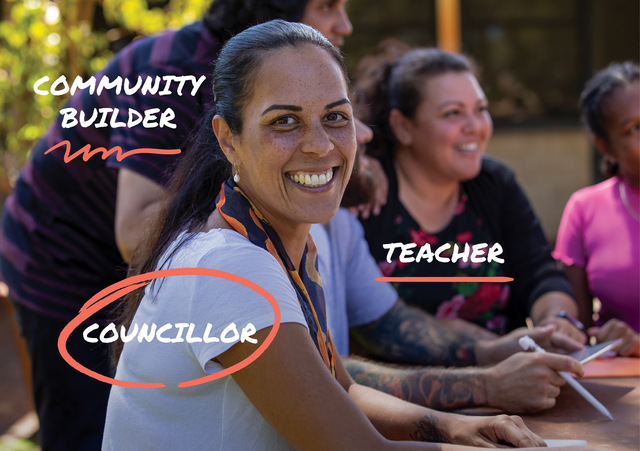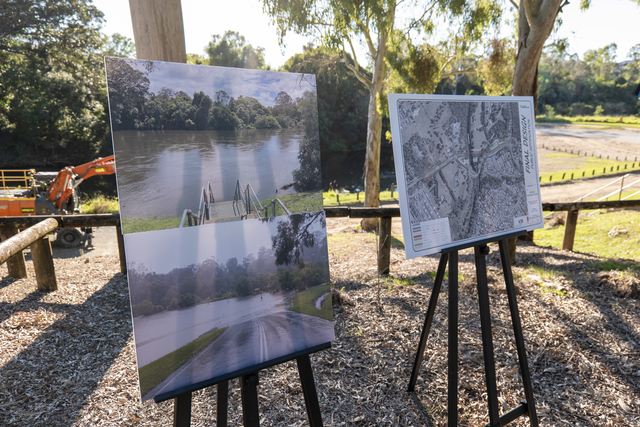by Andrea Ferris*
The first time I heard about Twitter was in June 2008 during a night out with some friends and yes, a good proportion of fine wine had been consumed!
None of us at the table, apart from the one friend in the IT business who bought the subject up, had ever heard of Twitter. Consequently we fell about laughing at the ridiculous idea of sending little messages to all and sundry about what we were doing at any given time of the day.
Now who’s laughing? In just eight months, thanks substantially to the Obama campaign, Twitter has gone from relative obscurity to one of the leading social media tools in the world.
I, like most busy PR and communications practitioners, simply don’t have the time to spend researching and keeping abreast with what’s happening in the ‘new world’ of social media.
Reality check here—the European Communication Monitor 2008 reveals that online communication will be the most important instrument for communication by 2011.
Logging on to 12 of the most progressive council websites in Australia during the research for this article I found that none linked to any social media tools—in fact few even had an RSS feed.
However, I do digress and must stop with the jargon and return to my plan for this article, which is to unscramble the buzz words, and decipher what some of this stuff actually is and does.
In my next column I’ll interview a couple of people in the UK employed in Local Government to integrate social media into council business. Words that I guarantee will mean nothing if you don’t know a Plurk from a Ning!
Social media, or Web 2.0 as it’s often referred to, works for communications people if they think of it more for listening and observing than telling.
Listen in on websites and blogs
Google Alerts are emails automatically sent to you via email or a feed reader, such as Google Reader, to your iGoogle page when there are new Google results on any website or blog for your search terms.
You need to start with a Google account, so visit this site and sign up from the top right hand corner of your regular Google page.
Use an RSS feed (really simple syndication) to automatically receive the latest entries published on websites or blogs about the topic of your choice straight to your desktop.
Unlike Google Alerts, you only get an RSS feed from the specific sites that you subscribe to. Think of these as a kind of electronic media monitoring.
Social networking
Blogs are a web based forum for sharing thoughts and information about anything. Anyone can set up a blog and start a conversation with the world because a blog allows for multi way dialogue via ‘comments’ about what you’ve written.
Ning is a place to create a social network site for like minded folk to share their knowledge and enthusiasm about a topic or event. More interactive than a blog, these personalised sites enable members to post much more than just written comments.
Facebook again is a site where people interact with other people online. You gather ‘friends’ and share photos and messages however, generally, pages tend not to be connected to a specific topic of interest.
Micromedia or microblogging
Twitter is a free social networking service that prompts its users to answer the question ‘What are you doing?’
Short text based messages are sent from the computer or mobile phone, known as ‘tweets’, of less than 140 characters in length to your ‘followers’.
Surprisingly, when used correctly, Twitter can provide significant benefit on a personal, professional and business level.
Watch out for Utterz, blogging via mobile phone, and Seesmic, video blogging.
Media
What are people watching? Flickr is the best known photo sharing website and YouTube is a popular video sharing website for users to upload, view and share video clips. Both sites give a good indication of what’s hot and what’s not!
Once you’re well into Web 2.0 you need to be able to keep track of all your social media sites. Delicious is a social bookmarking web service for storing, sharing and discovering web bookmarks.
This is just a toe in the water overview of what’s popular in the world of social media right now.
The first step for you is to have a talk with the IT department because most councils have access to these sites blocked.
The second step should be to schedule some regular time to search and explore what each product is about – a fun and addictive journey, but absolutely work related!
By the way, Plurk is another short message microblogging service.
Plurking or tweeting—either way it still makes me laugh.
Visit www.yourprdept.com.au for a list of links to get your social media research started.
*Andrea Ferris is a freelance marketing and communications practitioner specialising in Local Government. Contact Andrea on
0407 449 270 or visit www.yourprdept.com.au







